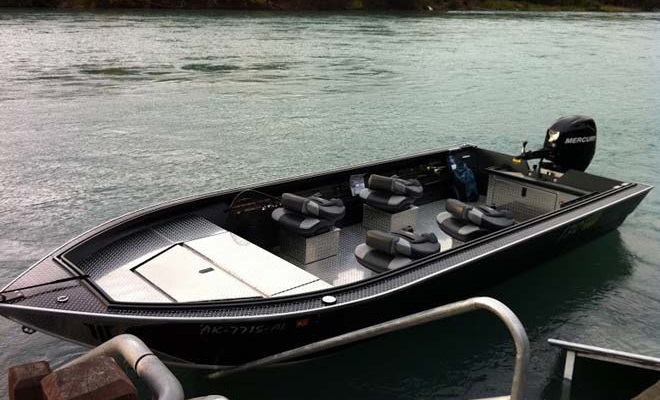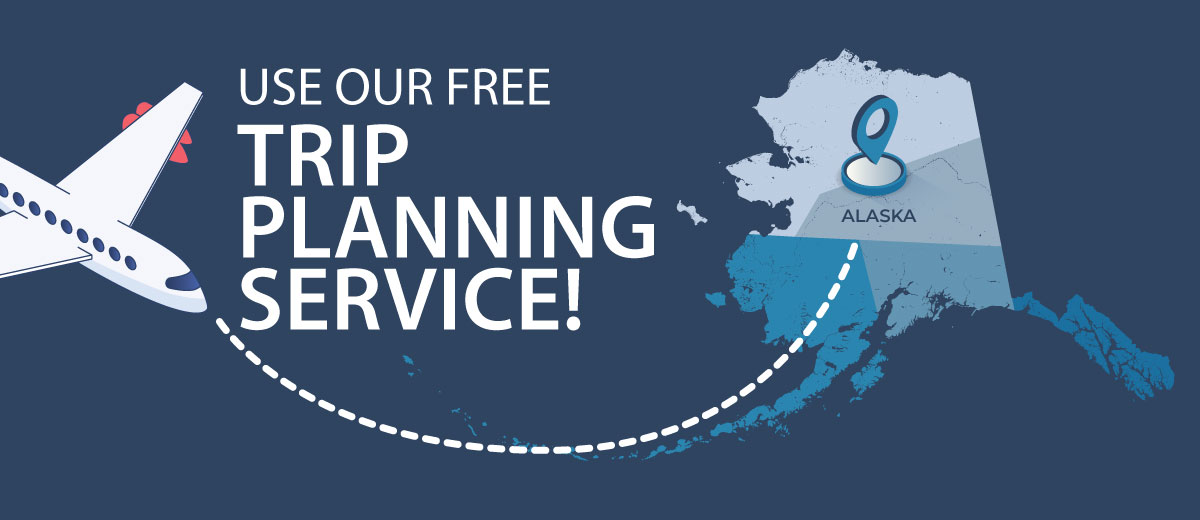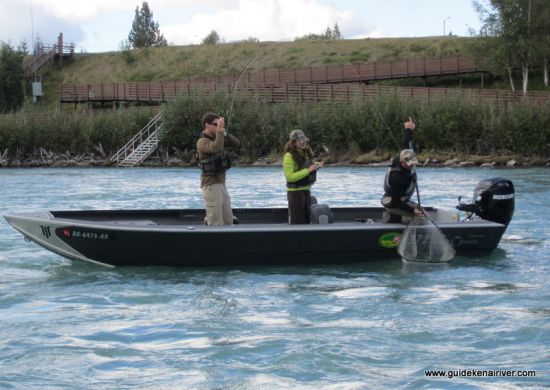 Spring is here! Time to wake your boat from its winter hibernation, or for some, time to shop around for a new boat. Either way now is a great occasion to think about putting together a pure, fish-catching machine.
Spring is here! Time to wake your boat from its winter hibernation, or for some, time to shop around for a new boat. Either way now is a great occasion to think about putting together a pure, fish-catching machine.
Depending on which body or bodies of water you will be fishing, make sure your watercraft is up to speed with local and federal laws. We all know running into law enforcement without adequate gear can get expensive; also, the gear is required for safety, and in Alaska especially keeping safe in case things go south is of paramount concern.
Fishability is the next step. Streamlining your boat so it is clear of clutter is key when someone hooks the big one, and being able to consistently run a perfect presentation every time without having to work around some mess can make or break your day.
Safety First
Since most of our time at Drift Away Fishing is spent on the Kenai River, I’ll go over what is required for this body of water, which should be pertinent to most river systems in the state. Those that head out on the salt will want a few more safety items that will not be mentioned here. Always check to make sure you are up to par with regulations for any body of water you head for.
PFDs, or life jackets, are mandatory on all watercraft. Type 1 PFDs are required for any watercraft with a motor. These are the large, orange, bulky kind and are not the best to wear while fishing. So on top of having 5 in my boat (1 for every passenger), I also carry Type 3 PFDs, which are the more streamlined, fishing-friendly vests. Inflatable CO2 vests are also great, as they are extremely low-profile. I do prefer the standard vest style as they come “pre-inflated” and also add a layer of warmth.
Signal flares are required for motorized watercraft on the Kenai. It took several phone calls to different law enforcement agencies to get the exact clarification. Long story short, they are required nationwide under Coast Guard law. Fire extinguisher, noise-sounding device and navigation lights for low light also make the list for mandatory items and are a great idea to have anyway.
Some more food for thought: an anchor, bow and stern lines, bumper buoy (great for docks and if tying up with another boat), spare prop and tools to change out prop or spark plugs are items for your safety as well. Being that it is 2014, most folks always have cell phones on them. It’s a great idea to know who has a phone and where they are stored. Preplanning for an emergency before any outing helps to keep things smooth and calm in the event things go wrong.
Fishability
We typically only fish silvers and rainbow trout from the boat while on the Kenai, sothere are things we do different for each species, with varying techniques.
If we back-troll for silvers we always use rod holders. The Folbe rod holders are our favorite, as they allow us to get just the right rod angle for front and back rods and are easy for guests to get the rod in and out of the holder. We also use rod slides; they come as an accessory with Willie Boats and are awesome, allowing you to slide the rod holder up and down the gunnel while being compatible with both Fish On and Folbe holders. When we are not back-trolling we take the rod holders off so they don’t get in the way.
A comfortable seat is always appreciated when spending long days on the water, and there are many types on the market at varying price ranges. The important part is making sure that you buy a swivel mount for your seat. Swivel seats = good.
A sounder is a must. It doesn’t have to be a $3,000 chart-plotting one, but being able to read the bottom, and most importantly water temperature, will help put fish in the boat. I could write a book on water temp and bite/fish behavior and location. If you pay attention to water temp and when/where you are or are not catching, I guarantee that after some time and thought you will greatly increase your catch-success, including more encounters with big fish.
Having some form of rod storage is key, too. It will keep them safe and out of the way. When one of our guests hooks a big fish we have everyone stow their rod to allow that person to have plenty of room to move.
Last but not least is properly storing your gear, i.e., tackle box, net, coolers and the like. This will increase your chance of landing big fish, mostly by removing trip- and line-snag hazards. When you have that 30-inch-plus super beast on, the last thing you want to do is jump over coolers or have to untangle the net.
Especially when fly fishing having a clear boat is a must. Fly line loves to get tangled around anything and everything in the boat. One thing we tell our guests is there are two places for fly line, on the reel or on the water. Otherwise it is being stepped on or wrapped around everything.
Applying these ideas will help keep you safe, in good standing with the law agencies and help streamline your presentation for great fishing success. Have a great season on the water!
###
Nick Ohlrich has been addicted to fishing throughout his whole life, making his decade-long career as a Kenai River rainbow trout and salmon guide a dream come true. His favorite part is seeing how excited people get when they tie into their first big Kenai ’bow.



